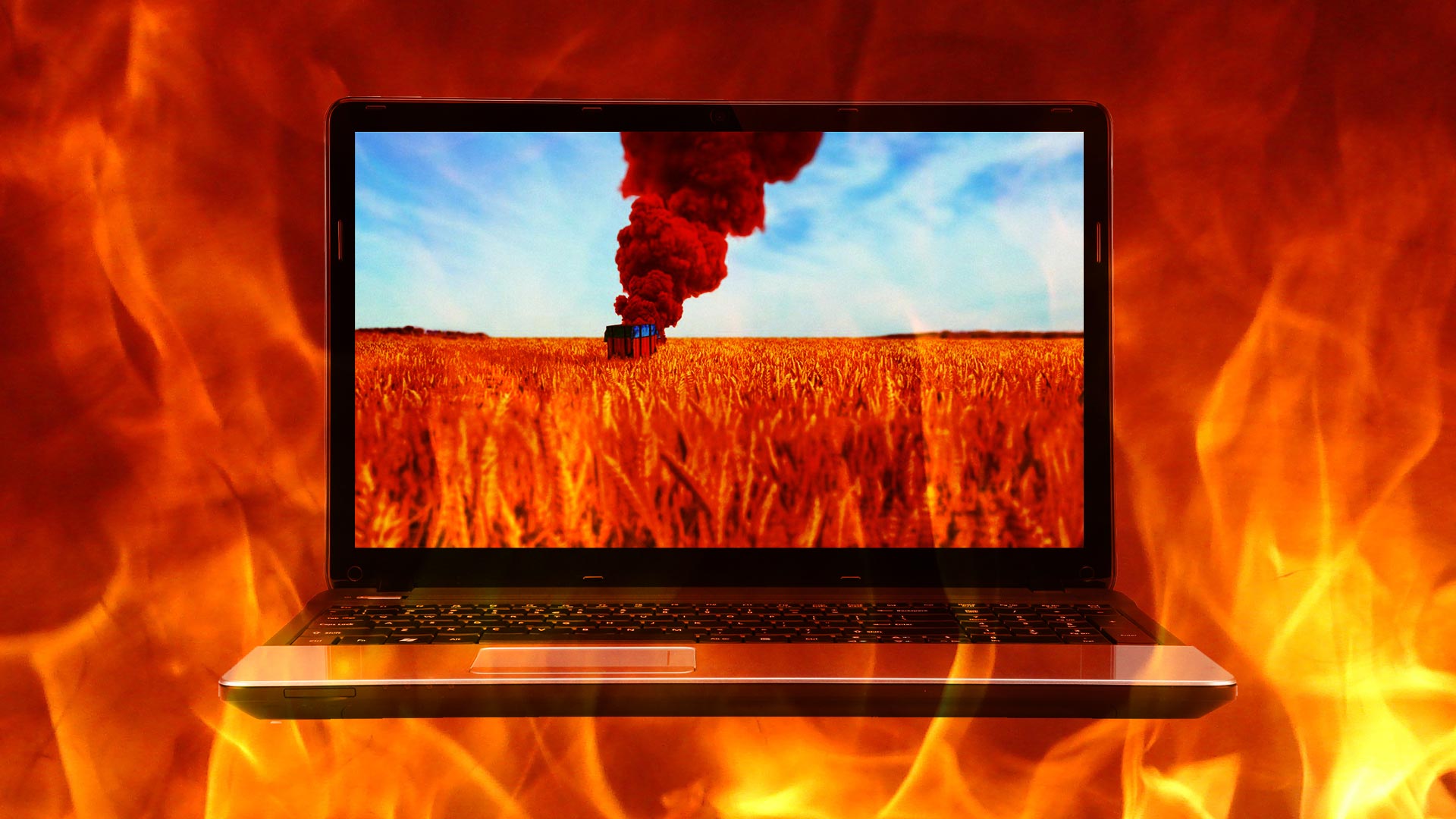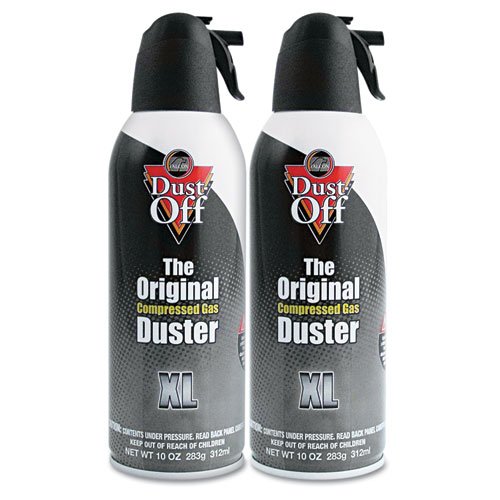There are telltale signs that your laptop is overheating and it should be fixed as soon as you can. The most obvious sign is when it’s actually on your lap and you feel the burn!
But if your laptop’s fan is unusually loud and spinning at its full load then pay attention to the laptop, because it is screaming on you to cool things down in order to operate well.
Those new to PC gaming will find that desktops are more cost-effective to run but laptops give you the convenience to be able to play almost anywhere. This convenience means the specs of your laptop need to be lean more on the high-end side.
Gamers can spend up to 4 hours online in uninterrupted sessions at a time on their laptops and it’s usually the graphics card and the processor that takes most of the heat.
The longer you play the more heated things get. Under extreme heat, you’ll usually see little blips – distortion in the graphics quality or frame rates.

Overheating laptops are especially annoying when you’re in the zone and finishing your online opponents. But here are a few quick and easy ways to cool your laptop down.
1. Find the right spot
Where you are placing your laptop while gaming is crucial.
It may be comfortable to rest it on a soft surface like a bed or between your lap and a pillow while you’re lying down. But you’re asking for trouble.
While they’re called laptops your lap isn’t really the best place to keep it. Be sure not to block the vents with stickers or other accessories. Have your gaming sessions in a cool, well-ventilated room and don’t place your laptop in direct sunlight or keep it in a car.
The floor isn’t a great space either because your laptop will collect dust particles more easily and more prone to water spills. Rather opt for a flat or hard surface like a desk because this will offer the laptop to maintain excellent airflow.
2. Clean it out
As mentioned earlier, dust can be the cause of excessively hot laptops.

There are a few ways to keep the dust off. The simplest and cheapest way is to buy a can of compressed air and spray quick, short sprays into the vents. But make sure your laptop is powered off and unplugged before doing so.
You can also use a cotton swab to clean out any visible dust or suck it out using a vacuum cleaner.
Some serious gamers open up their laptop’s panels and access its fans directly although this isn’t advisable as it may mess with your warranty.
Most brands or manufacturers warn that opening up the machine will put paid to the warranty and warn against opening the laptop’s back cover at home instead of it being done by an expert.
Rather let the professionals, preferably the manufacturer, do it. While they’re at it, let them clean out the fans and other areas that attract dust.
3. Get a stand
Being slumped over a laptop for hours while gaming isn’t doing anything for your posture. It will literally give you a pain in the neck!
So invest in a stand that is ergonomically designed to improve your posture while keeping your laptop cool.
Some even come with fans or cooler plates to extract heat and some allow the user to stand up while using their machine.
Do your research and find the solution that suits you best before rushing out and buying the first stand you find.
4. Know your laptop’s specs
If you’re a gamer you’ll know that your laptop needs to be able to handle a heavy graphics load. But if your software works fine with the existing specs, don’t update it unnecessarily as this can prove costly. You need to think about reducing your laptop’s workload so if your settings were recently updated and your fans give you those loud, tell-tale signs or they’re acting up you may want to restore the original settings.
Lowering the screen’s brightness, unplugging USB-powered devices and closing unused apps running in the background which use unnecessary CPU time will also assist in cooling things down. Lastly, make sure your power-management settings are being optimally used.
5. Check the temperature
When you’re running a fever you use a thermometer to check your temperature.
So do the same for your laptop. There are apps you can download and install that can help you monitor your laptop’s CPU and GPU temperatures.
I will advise HWMonitor software which is a free tool to check the overall system temperatures.
Check out our recent article on ideal CPU and GPU temperatures.
6. Fans do the trick
You can set up a standing fan near your laptop to help keep constant cool air blowing onto your machines.
But the serious gamer should consider having additional fans and coolers installed, especially for the graphics card and hard drive.
7. Speak to the Pros too
Different laptop brands uses different fans.
Yours could simply be louder than others so don’t assume that your more vocal one is a sign of an overheating laptop. Other tell-tale symptoms of an overheating laptop are when it freezes or crashes regularly.
These are often warning signs of a more serious problem with your laptop.
8. Take a break
If you have the luxury of being able to do your gaming on both a laptop and a desktop then divide your gaming time between the two and share the workload. Also, try not to sleep or shut down your machine all the time.
If you’ve just fired up your machine to check an email, rather leave it on than to turn it off after a few minutes – especially if you’re likely to use the laptop later that same day again. And remember, laptop computers are more delicate than desktop computers and should be treated as such. Desktops can take more of a beating but treat both with care.
While these tips are meant to alleviate overheating on your laptop computer it is always best to consult professionals. There’s a range of gaming laptops and they offer a great customer experience where no challenge is too big or small.
Leave a Reply